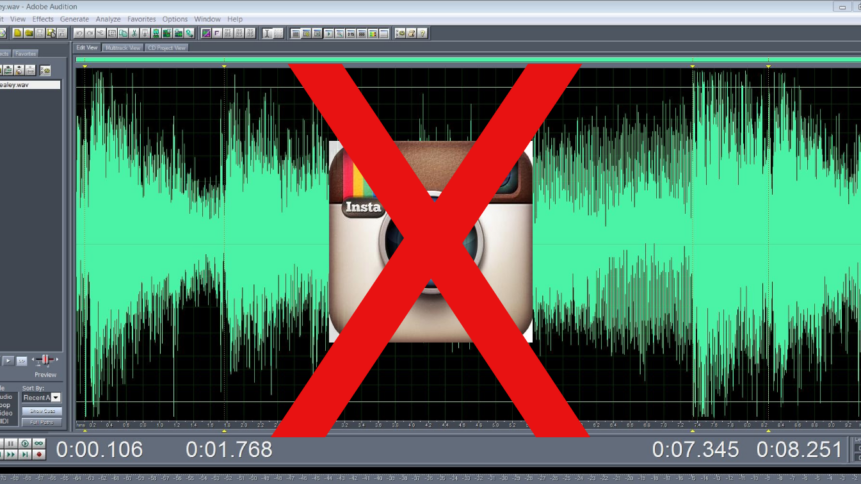Insta: Quiet Mode silences…Insta

Last week, Instagram announced a new feature, Quiet Mode, to allow users to better manage their time by silencing the Instagram notifications sound and pop-up notification messages. The move, intended to “help people focus and to encourage people to set boundaries with their friends and followers”, comes after the revelation of the detrimental effect that the social media app can have on mental health, especially that of teenagers. Meta’s concern also taps into the wider issue of push notifications set on ‘on’ by default, and the way this impacts productivity and focus.
The modern desktop workspace tends to be the place that notifications from every platform are displayed altogether. Push notifications can be disabled or adjusted through settings, but user’s needs vary throughout the day, and adjusting the setting accordingly for each individual application is time and energy intensive.
As a result, Apple and Android both offer system-level notification silencing features, allowing users to set timers for app usage and screentime. Apple’s Do Not Disturb feature comes with certain presets – Sleep, Personal and Work – but it’s also possible to adjust the feature so users can quickly change to a setting that will silence notifications from certain sources.
Instagram notifications sound: now silent
Instagram’s new Quiet Mode can be set to automatically activate at certain times of day to improve focus for activities things such as meetings or training sessions. It’s also suggested to users who are on Instagram for a period of time “late at night”. The parameters of this aren’t made clear by Meta; spokesperson Liza Crenshaw told The Verge the notification will appear after “several minutes.”
When a user has Quiet Mode activated it will show on their profile, and anyone trying to reach someone with it active will be warned that the user isn’t receiving notifications. Theoretically, this would assuage fears that a user would be unreachable in urgent circumstances, or at least that no one will be offended by being ignored. It’s like turning on an out-of-office email auto-response.
Outside of a work setting, what function does this serve? On an app used predominantly recreationally, alerting other users that someone is offline seems to feed into the same anxieties that keep users addicted to checking their notifications. Studies have shown that having notifications turned on increases phone pick-ups, but for users already susceptible to screen addiction, silencing notifications will just increase preoccupation with what’s being missed.
Workplace productivity has been shown to decrease in the state of high alert that constant notifications can cause. With more communication moving online, though, the digital equivalent of a ringing phone is crucial for some roles.
The problem is, with a constant onslaught of notifications and the ubiquitous Instagram notifications sound, it’s impossible work effectively. Regardless of claims to multitasking, reading notifications is task switching, depleting the same resources in the brain that are needed to focus on task completion. Beyond slowing work processes, the link between hours worked and value created is weakened, which reduces motivation.
If just quieting notifications isn’t effective, there’s the option of third-party screentime and focus platforms. For Android, the Social Fever app tracks time spent using the phone and displays which apps are being used the most. Through the app, users can set timers for app usage limits, and also keep track of the amount of water they drink!
For iOS and Android, Freedom allows users to create blocklists that prevent them from opening certain apps. This means that the notifications a user can see and open are limited and can be optimised for work – email and workplace messaging notifications can be left on, for example. The app already has 2,000,000 users, but after a free trial the app requires a paid subscription.
Another option for improving workday focus is Pomodoro Timer, a customizable timer that works on desktop and mobile browser. It’s also available as an app and suggests timed breaks to ensure productivity.
Ironically, by encouraging users to cut down their time in-app, social media platforms are ensuring they return – FOMO (fear of missing out) is a powerful driver. Now that attention has shifted from the positives of social media to its drawbacks in the public’s mind, it’s a race to prove that app creators are hearing user concerns.










